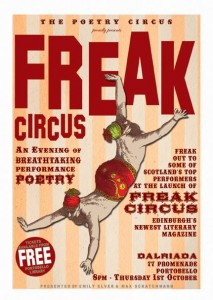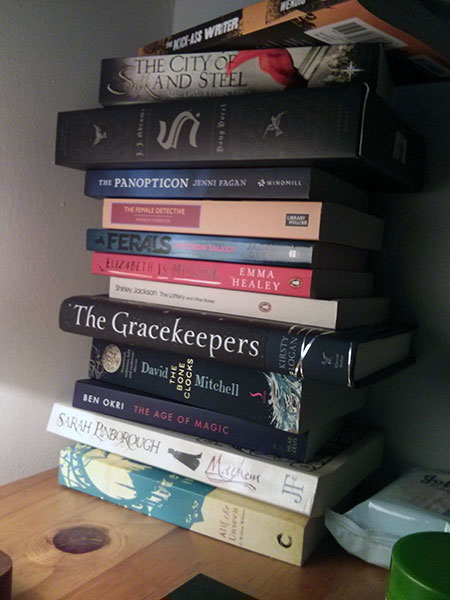Ah! The big read-through*! I thought it would be done in a oner, or maybe a twoer, but I was wrong. It’s taking a lot longer.
I don’t read 100K words in one sitting under normal circumstances so I don’t know why I thought I would with a pen in one hand and a stack of sticky-notes in the other. Reading for editing is a slow process that I need my brain engaged for.
As I get further in, to the bits I haven’t looked at before before, the number of sticky notes and editing marks increase. The pages turn from elegant black on white to a mess or fluorescent orange and yellow. No, it’s not dispiriting, it’s encouraging: the marks are a map, the sticky notes a to do list.
I’d like to have the read-through done by the end of the week. At the time of writing, I don’t know if that’s a realistic target, but I think it is doable.
Next week begins, if all goes to plan, the big edit. Parts of the novel have been edited extensively, while it is the first time I’ve read the last third. The work of excising unnecessary plot lines and characters, organising events into the correct order, plugging plot holes, adding missing scenes and bridges, and sorting out other fairly large issues will be straight-forward and have a noticeable impact. Then, I need to look at voice to ensure that I, if no one else, can tell my characters apart. The last step will be a very slow on-screen read-through for line edits. These are smaller, more detailed changes, that often feel less satisfying that the bold hack and slash of the bigger changes. But it’s this fine editing that will, in the end, put flesh on the plot bones, turn my novel from text to literature.
The outcome will be a draft I can share with a first reader. I think I will, more or less arbitrarily, call it my third draft. The deadline for this is blowing in the wind but hopefully I’ll begin to get an idea for how to set it next week.
The first time around the novel writing cycle everything feels vague. I don’t know how long anything will take, I don’t yet know how I will cope with the tasks. At least I know what I need to do. I’ll get it done, one step at a time.
* Once upon a time I wrote most of a novel, then I left it in a drawer for a good long while. The big read-through is the process of reading that project from beginning to end with an eye to editing, collating a list of issues, suggestions for changes and, because you have to be nice to yourself, sections I don’t hate.



